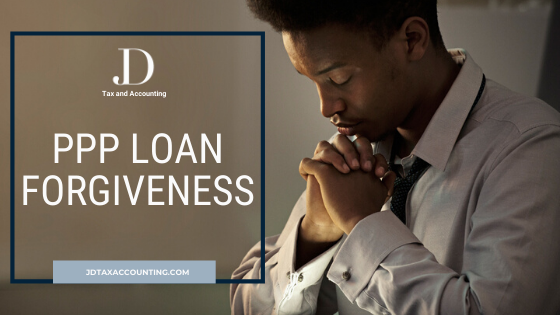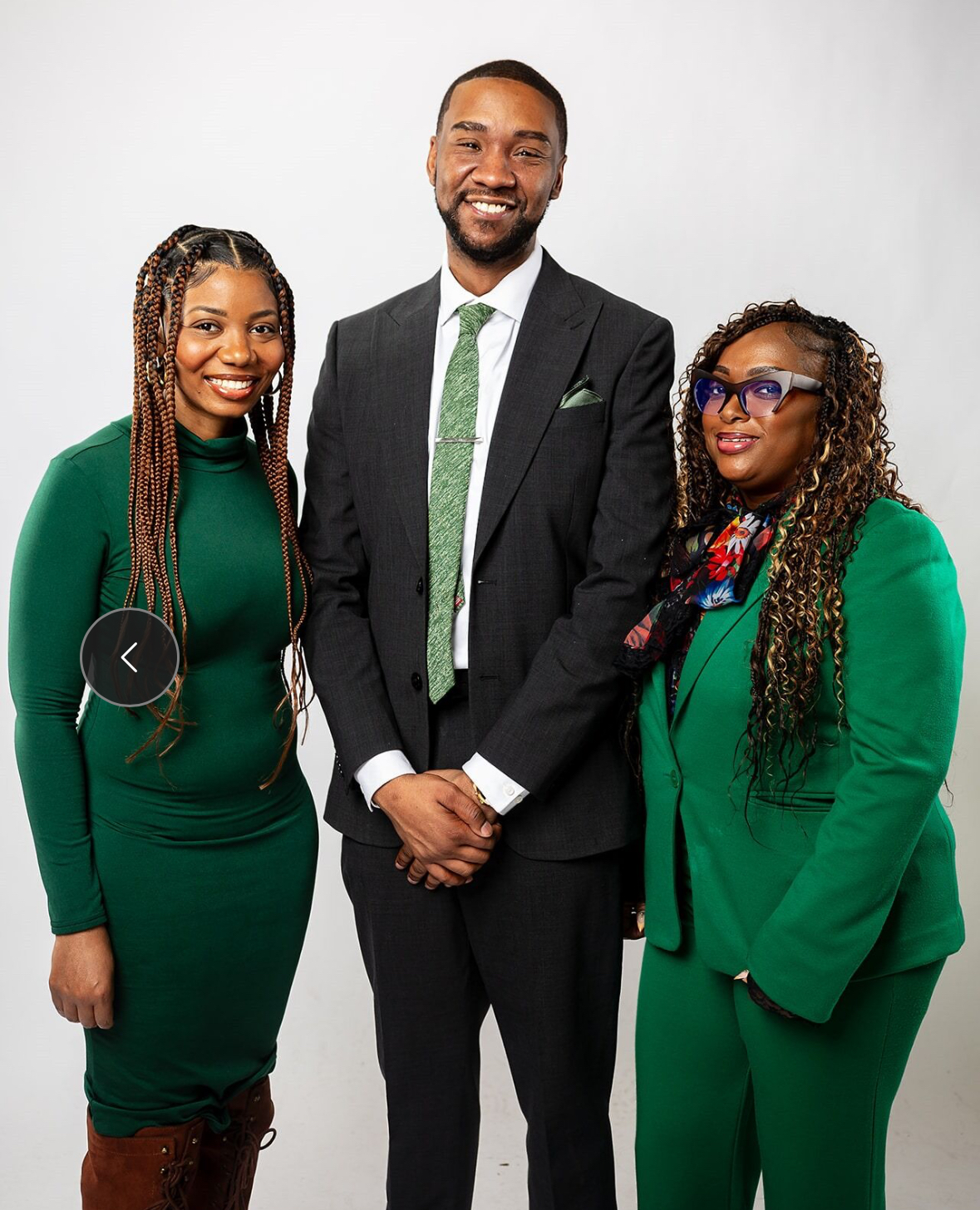The Payment Protection Program (PPP) has been launched by the Congress, under the Coronavirus Aid, Relief, and Economic Security Act (CARES Act) since the pandemic has begun. The program aims to provide a loan for eligible small businesses to maintain the payroll of their employees until this is all over, depending on their average monthly payroll cost last 2019. Recently, the Small Business Administration (SBA) after consulting with the Department of the Treasury, has released last Friday, May 15, 2020, for the application of loan forgiveness.
Below are the qualified expenses for the loan:
- Salaries, tips, commissions, and wages
For small businesses, it can evidence proof of payroll through 941 Quarterly Tax filings, 944 Annual Tax Filings, bank statements, or payroll registers from last year.
For an independent contractor or sole proprietor, 1040 Schedule C, 1099s income and expense reports, and they can submit other files from creditors for proof.
- Utilities
Electricity, gas, water, transportation, telephone, or internet access, as enumerated by SBA, are those that make up the utility category. Legitimacy can be witnessed through receipts, accounts, or bank statements, and canceled checks.
- Mortgage interests
Acceptable documentation for proof is also the same as the previous number.
- Rent
The expense before deemed qualified must be proven by submitting documentation such as those listed above.
To acquire the said forgiveness, the loan funds must only be spent on qualified expenses and must be consumed in not over 8 weeks. All other expenses consumed after the 8-week period are no longer forgivable, including retirement plan contributions and health insurance premiums. Incurred expenses during this period are also included for the loan forgiveness, and you must keep track of the number of your full-time employees for the time being. Also, you must maintain your payroll expenses as it was when you were applying. In cases when you have laid off some, you must be able to re-hire immediately. Otherwise, you will have to pay.
Independent contractors and self-employed individuals can apply up to eight (8) weeks of their pay based on their 2019 income tax return or $15,835 whichever is lesser, towards forgiveness. They can use the PPP loan to compensate for the losses brought about by the pandemic, but not to use the full amount for the pay.
The Department of Treasury and SBA have promised to supplement both borrowers and lenders with more guidance for the loan forgiveness. Meanwhile, borrowers are given at most two (2) years to repay any amount that was not forgiven at a fixed interest rate of 1%. Home quarantine orders make it more difficult for small business employers to use their funds, so there came a proposed bill that will give borrowers at least 24 weeks to use PPP funds and lift restrictions that cap non-payroll expenses at 25%.
Moreover, the 75/25 rule of the PPP states that 75% of the funding must be used for payroll costs, and the remaining 25% for the remaining three which are the rent, utilities, and mortgage interest. Unfortunately, the rule cannot help those with high rents and mortgages— meaning those that have rates that exceed 25% of their gross income.
To acquire the forgiveness, you must fill out the application form and send it to your lender right away. Click here to download the Forgiveness Application Form.
Remember, we are amid an extreme crisis, and the vaccine is still yet on its most final and approved form. So, we highly advise you to borrow wisely. Do not borrow more than what you need and make sure to keep the money gained in a separate bank account for protection. Also, carefully document the funds used. You can try using apps like QuickBooks for very easy, convenient, and expedient work.


